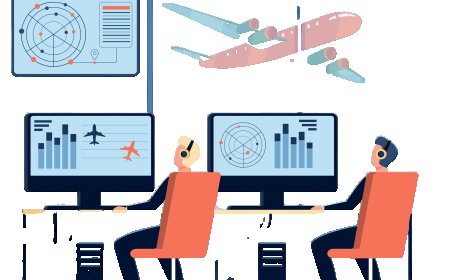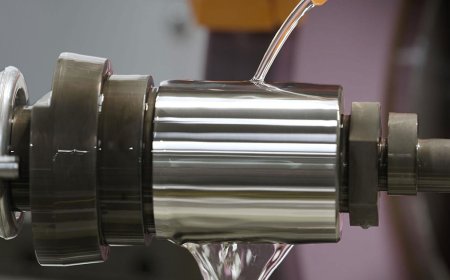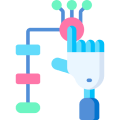- Understand the installation process for various lighting systems, including incandescent, fluorescent, and LED lighting, in both residential and commercial settings.
- Practice installing lighting circuits, switches, and dimmers with virtual tools and techniques.
- Troubleshoot common lighting system issues, such as flickering, burned-out bulbs, and short circuits, using virtual scenarios.
- Evaluate the energy efficiency of different lighting systems and optimize circuit load for reliability.
- Receive feedback on lighting system performance, energy consumption, and troubleshooting approaches to enhance technical proficiency.
imaginX is used by many amazing schools and universities
University / College

























